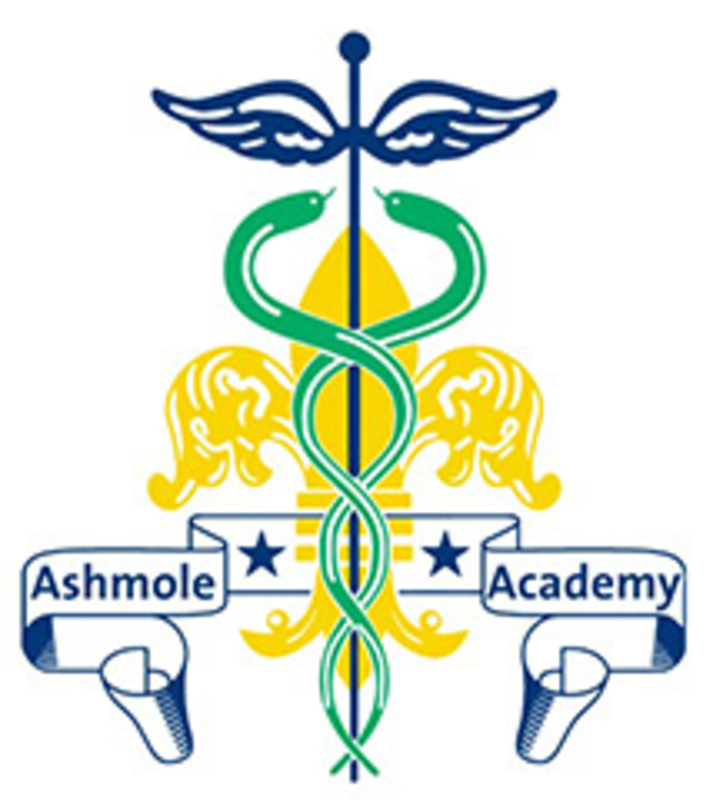Course Content The course is designed to introduce students to a wide range of analytical techniques, with a greater emphasis on their application of skills to a range of practical problems. Over two years you will be introduced to content in three different areas of Mathematics: Pure; Statistics and Mechanics. The Pure course includes: >Algebra and Functions >Coordinate Geometry >Vectors > Trigonometry > Calculus > Exponentials and Logarithms > Proof > Series and Sequences > Numerical Methods The Statistics course includes: > Interpretation of Data > Probability > Binomial Distribution > Hypothesis Testing > Scatter Graph Analysis > The Normal Distribution The Mechanics course includes: > Kinematics > Newton’s Laws > Moments Teaching Styles >Students will be taught in a variety of ways from formal teaching lessons which help prepare for tackling examination questions to activities and short investigations. >Students will use calculators, computer programmes and a large data set to investigate the topics previously mentioned. >Students are given assessments to assess their skills, knowledge retention and ability to problem solve as the course progresses. Career Opportunities The course is essential for anyone wishing to pursue a career in Mathematics, Physics, Engineering, Accountancy, Finance or Economics and Computing. It is also extremely useful for entry into a wide range of other fields of study such as Medicine, Chemistry, Biological Sciences, Social Sciences, Geography and Business Studies.
All candidates must attain five passes at grade 5 or higher at GCSE, three of which must be a grade 6 or higher. Within these passes, there must be a grade 5 or higher in English Language and Mathematics plus 7 in Maths.
Assessment The assessment takes place in the form of a formal examination at the end of Year 13. In Mathematics this consists of three examination papers. Papers 1 and 2 are both two hours long and examine the pure content. Paper 3 is also two hours long and examines the statistical and mechanical content.
About Education Provider
| Region | London |
| Local Authority | Barnet |
| Ofsted Rating | Good |
| Gender Type | Co-Educational |
| Address | Cecil Road, Southgate, London, N14 5RJ |
Course Content The course is designed to introduce students to a wide range of analytical techniques, with a greater emphasis on their application of skills to a range of practical problems. Over two years you will be introduced to content in three different areas of Mathematics: Pure; Statistics and Mechanics. The Pure course includes: >Algebra and Functions >Coordinate Geometry >Vectors > Trigonometry > Calculus > Exponentials and Logarithms > Proof > Series and Sequences > Numerical Methods The Statistics course includes: > Interpretation of Data > Probability > Binomial Distribution > Hypothesis Testing > Scatter Graph Analysis > The Normal Distribution The Mechanics course includes: > Kinematics > Newton’s Laws > Moments Teaching Styles >Students will be taught in a variety of ways from formal teaching lessons which help prepare for tackling examination questions to activities and short investigations. >Students will use calculators, computer programmes and a large data set to investigate the topics previously mentioned. >Students are given assessments to assess their skills, knowledge retention and ability to problem solve as the course progresses. Career Opportunities The course is essential for anyone wishing to pursue a career in Mathematics, Physics, Engineering, Accountancy, Finance or Economics and Computing. It is also extremely useful for entry into a wide range of other fields of study such as Medicine, Chemistry, Biological Sciences, Social Sciences, Geography and Business Studies.
All candidates must attain five passes at grade 5 or higher at GCSE, three of which must be a grade 6 or higher. Within these passes, there must be a grade 5 or higher in English Language and Mathematics plus 7 in Maths.
Assessment The assessment takes place in the form of a formal examination at the end of Year 13. In Mathematics this consists of three examination papers. Papers 1 and 2 are both two hours long and examine the pure content. Paper 3 is also two hours long and examines the statistical and mechanical content.
